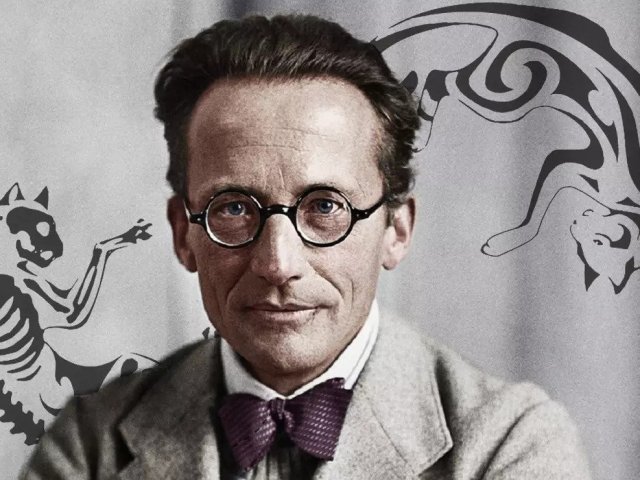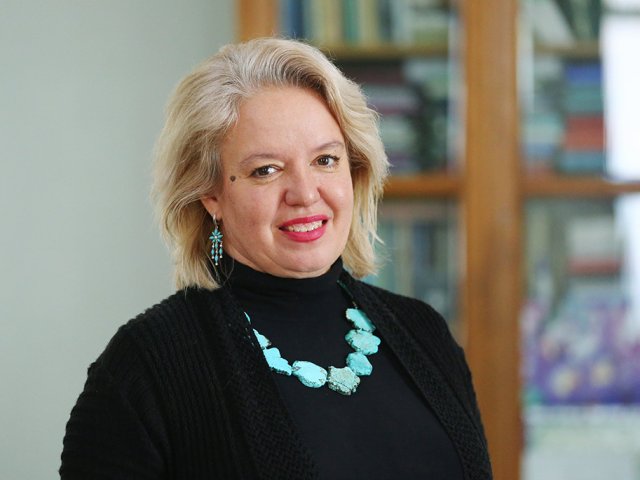Official:
Samuel Finley Breese Morse. April 27, 1791 – April 2, 1872. American inventor and painter. The most famous inventions are the electromagnetic writing telegraph or the “Morse apparatus” and Morse code.
Life and Work:
1. An American portrait painter of the 19th century became world famous for the simplest of his works, consisting of only two elements. Did you guess who it is? If you know that the elements are a dot and a dash, it becomes quite obvious that the answer is Samuel Morse.
2. From a young age, being a son of a pastor and at the same time a famous geographer from the town of Charlestown, Massachusetts, he did not even think that he would become an inventor. He was born in the last decade of the 18th century and since childhood was fond of drawing.
3. His parents’ attempts to give him a different education failed, although he listened carefully to the lectures on electricity at Yale University – as if he knew that one day, they would be useful.
4. His strict parents did not approve of his passion for painting, but they nonetheless sent Samuel overseas to study art at the Royal Academy of Arts in London. He was awarded a gold medal there, but when he returned to the United States, he found that painting was of little interest to Americans.
5. He had to abandon his dream to create historical paintings and started painting portraits instead to earn money. He made certain success in it: the portrait of President Monroe by Samuel Morse is now widely known and is in the art collection of the White House.
6. Being energetic and outgoing, Morse founded the American Academy of Design and became its first president.
7. Then Morse went to Europe again to learn how to organize drawing schools. This is where he met his fate — Morse met Louis Daguerre and became interested in the discoveries in the field of electricity.
8. According to the law of information attraction, on the long way back on the ship, he accidentally got into conversation with a fellow passenger about the newly invented electromagnet. “If the presence of electricity can be made visible in any part of the circuit, I see no reason why intelligence may not be transmitted instantaneously by electricity,” said the casual interlocutor, unaware of the consequences. Morse was deep in his thoughts all the way back. And his thought led him to the invention.
9. It took years of hard study and hard work for the device, first assembled from a wooden easel frame, old brushes, and watch wheels, to work. Together with the device, Morse made up a code, now known as the Morse Code, although other inventors later also participated in its development.
10. His friends and acquaintances admired his fortitude: Morse had not been broken by poverty or disappointment. Although he met both in abundance — his ideas didn’t receive much support either in the United States or in other countries.
11. In January 1838, Morse performed an experiment on an artificial line at New York University and convinced those present that the device and code he invented worked.
12. The telegram with the phrase from the Bible “What hath God wrought” was not sent then. This happened six years later, when the US government finally allocated money and the first telegraph line between Washington and Baltimore was put into operation.
13. As it often happens, feuds immediately began: between Morse and partners, between Morse and competitors, but Morse won all the lawsuits. Telegraph lines encircled the world, and Morse became rich and famous.
14. In 1858, ten states paid Morse 400,000 francs for the use of his invention. Morse bought an estate near New York and lived comfortably there for the rest of his life among his children and grandchildren. Now this house is recognized as a historical monument.
15. In his old age, Morse became a philanthropist: he took care of schools, universities, churches, Bible societies, missionaries, and poor artists. But his invention became his main good deed. Anyone saved by the SOS signal can confirm that.
16. The original Morse apparatus – the one that appears in the patent application — is now preserved in the National Museum of American History.






















